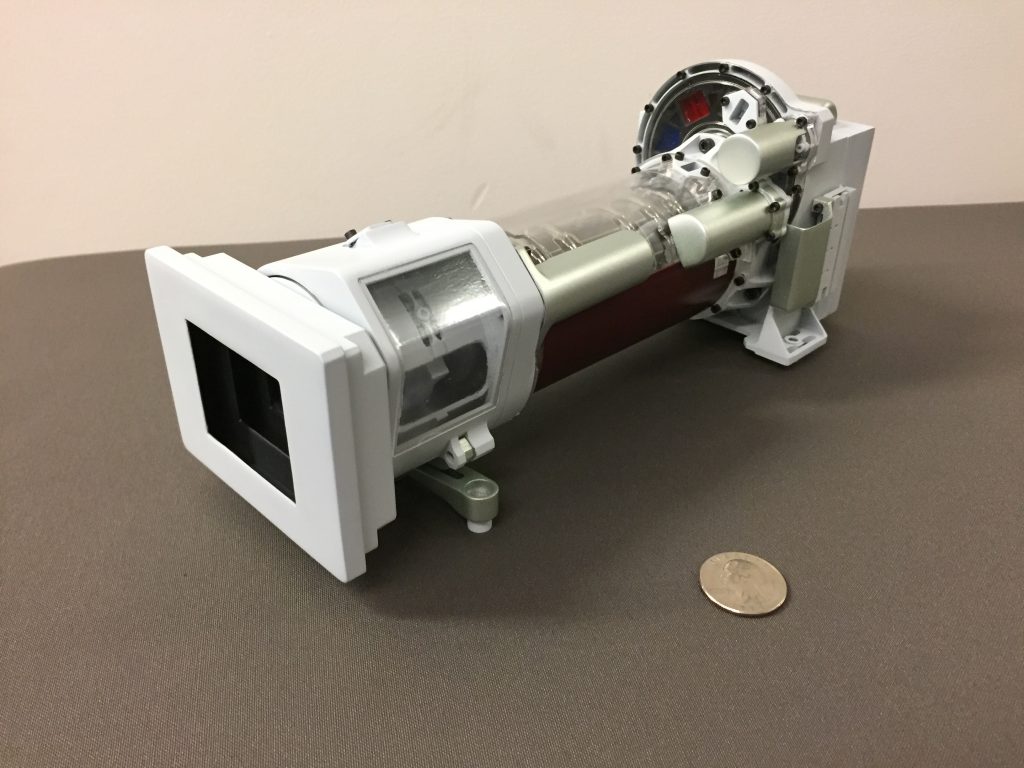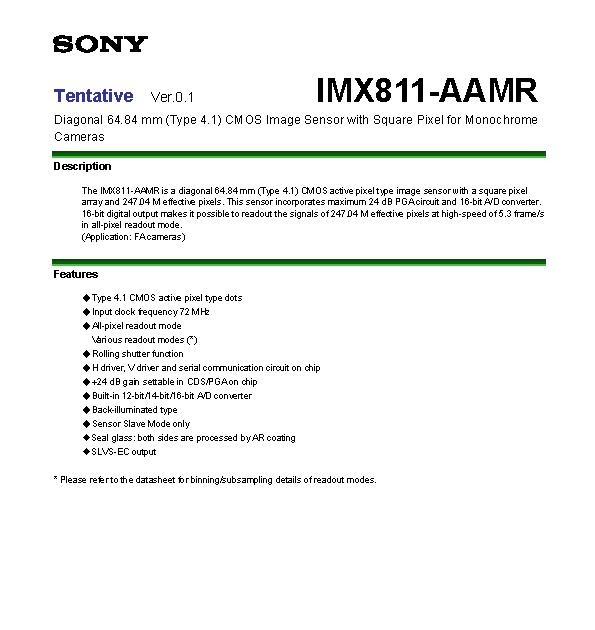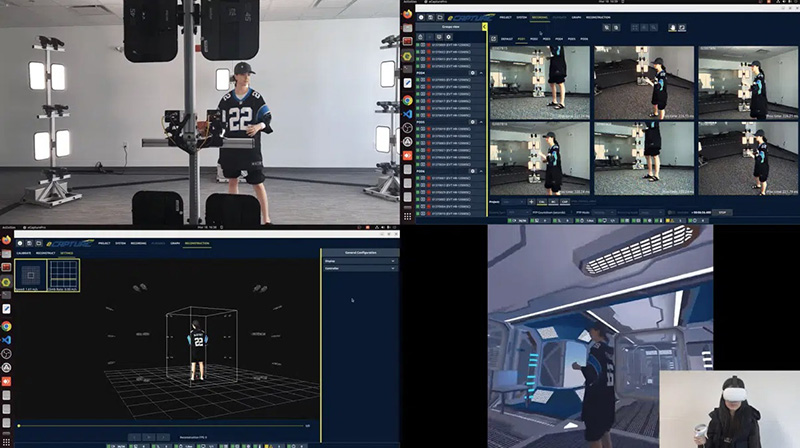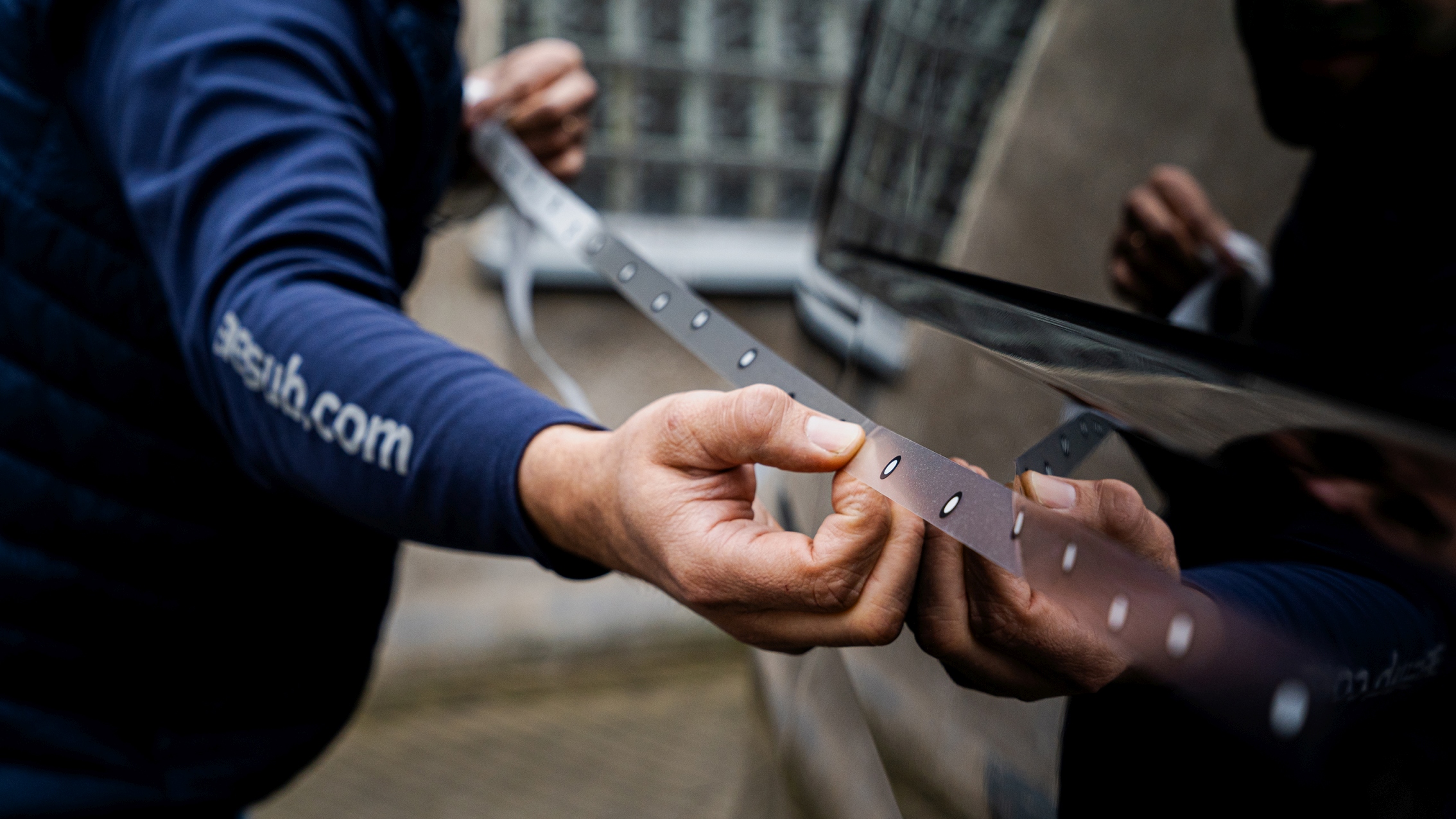Descent Cameras

When the Curiosity rover landed on Mars, it recorded the descent and landing with its MARDI camera. This camera shot full-color video of Curiosity’s journey through the atmosphere all the way down to the Martian surface. The view was extremely valuable to engineers; it helped them understand what happens during one of the riskiest parts of the mission. The footage also gave the science team and rover drivers a glimpse of the landing site to aid them in accurately identifying Curiosity’s landing spot and plan the rover’s first drives to explore Gale Crater. For the Mars 2020 rover, the engineering team is adding several cameras and a microphone to document entry, descent and landing in even greater detail. In addition to providing engineering data, NASA considers the cameras and microphone partly a public engagement payload, giving all the onlookers a good and dramatic sense of the ride down to the surface. Still, there is a lot of competition for payload and limited space. Currently, the cameras and microphone are counted as discretionary payload, which means they’re assets, but not required for the mission. Perhaps as a result, NASA has not revealed the specifications of these sensors, instead simply saying that they are ‘assembled from easily available commercial hardware’.
Engineering cameras
Mars 2020 uses a new generation of engineering cameras that build on the capabilities of past Mars rover cameras. These 20MP engineering cameras give much more detailed information, in color, about the terrain around the rover. Each of the nine cameras share the same camera body, but use different lenses selected for each camera’s specific task. They have various functions: they measure the ground around the rover for safe driving (HazCams), support pathfinding (NavCams), and aid sample-gathering (CacheCam). The HazCams and NavCams will help operators on Earth drive the rover more precisely, and better target the movements of the arm, drill and other tools. A much wider field-of-view gives the cameras a much better view of the rover itself. This is important for checking on the health of various rover parts and measuring changes in the amount of dust and sand that may accumulate on rover surfaces. The new cameras are also capable of higher frame rates than previous cameras systems, allowing it to take pictures while the rover is moving.
Science cameras
While the additional cameras will help, real mission success lies with the scientific payload. Here we find some of the most significant differences between Curiosity and Mars 2020. The large robotic arm on the front of the Mars 2020 rover is bigger than Curiosity’s. This will enable the 2020 rover to collect and store samples, but also manage a host of new functions and new science tools. This turret has the coring drill and two science instruments, plus a color camera for close-up surface inspection and selfies for rover health checkups. Mastcam-Z, an upgraded version of Curiosity’s high-definition, two-camera Mastcam instrument, will serve as Mars 2020’s main set of eyes. With a maximum image size of 1600×1200 pixels, it still can resolve incredible detail, between about 150 microns per pixel (0.15mm) to 7.4mm per pixel depending on distance. “Camera technology keeps improving,” said Justin Maki of JPL, Mars 2020’s imaging scientist and deputy principal investigator of the MastCam-Z instrument. The ´Z´ is for zoom, the capability that was left out of Curiosity’s Mastcam. Mastcam-Z will be able to take more 3D images, potentially allowing mission scientists to examine geologic features in more detail and scout out promising scientific sites from large distances. The SuperCam was built by a team of hundreds and packs what would typically require several sizable pieces of equipment into something no bigger than a cereal box. It fires a pulsed laser beam out of the rover’s mast, to vaporize small portions of rock from up to 7m away at up to 10,000°C. This combination camera and spectroscope then analyzes the chemicals released in a method called laser-induced breakdown spectroscopy (LIBS). SuperCam will use AI to seek out rock targets worth zapping during and after drives, when humans are out of the loop. In addition, this upgraded AI lets SuperCam point very precisely at small rock features. Then there are Sherloc and Watson, which are a pair of cameras focused on searching for signs of life. Despite these bacronyms being a little old-fashioned, the cameras are very forward-looking. Sherloc is a laser&spectroscope combo with a macro camera capturing extreme closeups of areas under study, to send home for mission scientists to work on how rock samples formed. Watson will help, capturing fine-scale textures of rocks and dust, and can be turned inwards to look at the rover.
www.teledyneimaging.com












